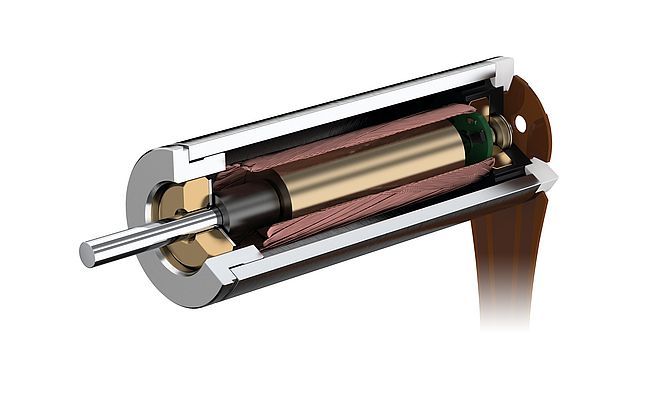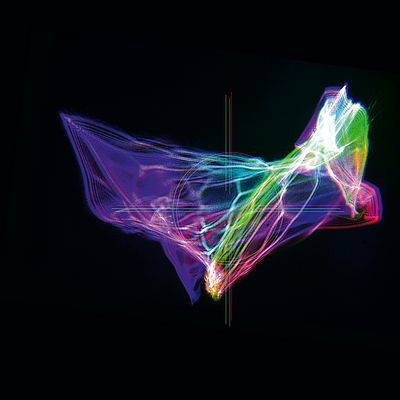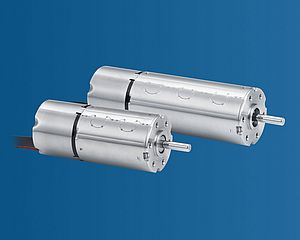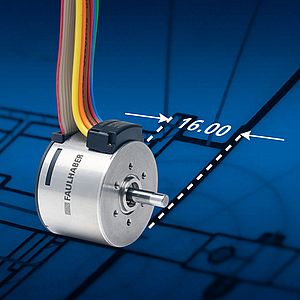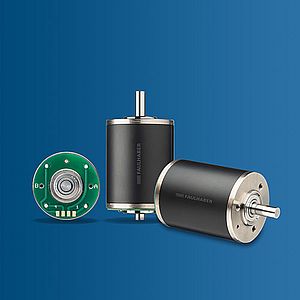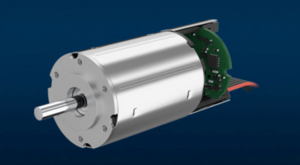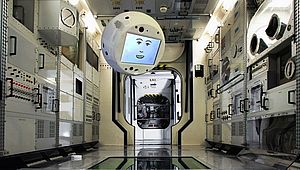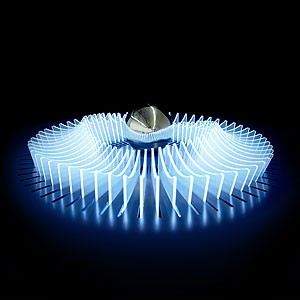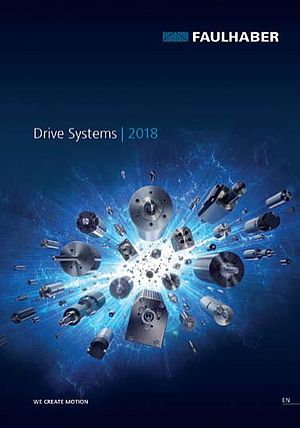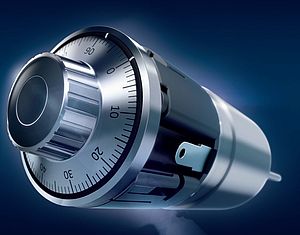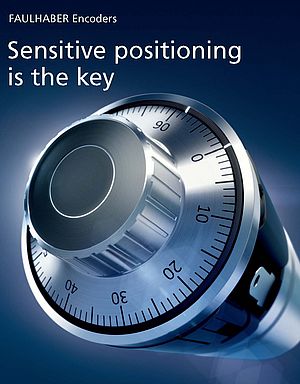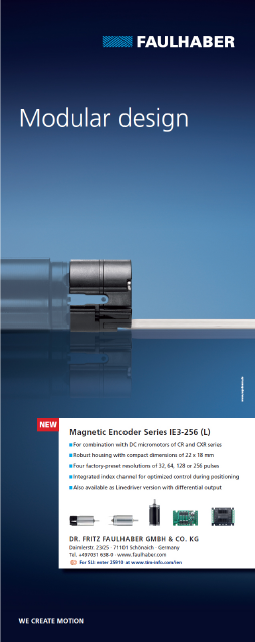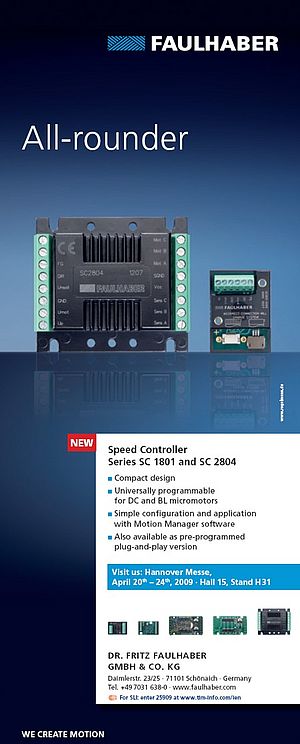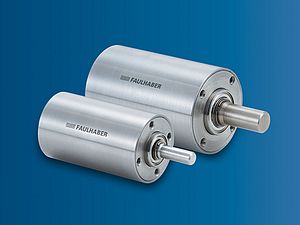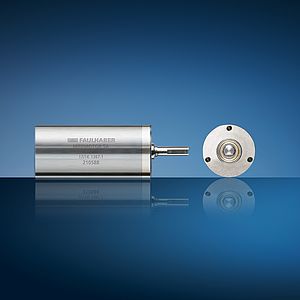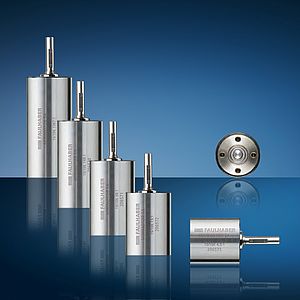The often surprising and sometimes breathtaking light effects are based on the unique qualities of the laser beam. In terms of intensity, beam focus, and range, it outperforms light beams from other artificial sources many times over. On the other hand, the laser is subject to optical and technical limitations, as sales manager Richard Schäfer explains: “The beam is usually very small. With our devices, its diameter is usually around 4.0 millimeters. So only a small dot appears on a projection surface.” In order create a pattern – such as a logo, lettering, or cartoon-like moving images – laser projection relies on the inertia of the human eye. To be precise, it is the image processing in the brain, which also creates a continuous progression in a film made up of 24 individual frames per second. If the laser beam moves fast enough, the person “sees” the projected animation instead of a point of light darting around. To achieve this, the beam in the projector is deflected by means of two mirrors – one each for the x and y axes. Its movement is induced electro-magnetically and reaches a very high speed.
Another limitation is the color. The color of a laser depends on the laser-active material in which the beam is generated. In the case of laser projection, it is the semiconductor, since diode lasers or Coherent OPSL sources are used here. But laser diodes can only produce a few basic colors, mainly red, green, and blue. The high-end devices from LaserAnimation Sollinger also have Coherent OPSL sources for yellow, orange, and cyan. To produce a white beam, beams of multiple colors must be “collinearly superimposed.” The same is the case for other colors: in order to create the different tones of the entire palette, the intensity of the individual rays is modulated.
Not even a hundredth of a degree of deviation is allowed
But that only works if the beams stay together very precisely and, above all, for a long time and at a great distance, because laser installations often have to be visible from hundreds of meters or even several kilometres away. The dichroic filters have to be adjusted with the appropriate precision, as Richard Schäfer explains: “A deviation of one hundredth of a degree results in an offset of 1.7 centimetres per one hundred meters. This means that the individual colors are no longer on top of each other and can be distinguished by the human eye – the color mixing effect is lost.”
Despite high-quality materials and sophisticated fastening technology, a certain level of distortion in the optics is inevitable. This means that the position of the dichroic filters may need to be slightly readjusted. This is the reason why the dichroic mirror holders are equipped with a drive: brushless DC motors from FAULHABER with integrated gears are used for software-controlled fine adjustment to at least a thousandth of a degree.
Optical gratings for breathtaking effects
Another motor is used for protection. To prevent the intense laser light from penetrating the human eye in an uncontrolled manner, the projectors are equipped with a two-stage switch-off mechanism. In addition to an electronic protective circuit, there is also a mechanical shutter for emergencies. Its flap is held open during regular operation by a motorized rotary magnet. In the event of a fault, the safety circuit stops the motor and allows the flap to fall into the beam exit.
Other drives from FAULHABER are used in the grating module. Diffraction grating is an optical element that uses the deflection of light rays when passing through very narrow gaps. In addition to beams and graphics, a laser projector can also generate a variety of patterns and effects, such as a kind of artificial polar light or the wafting, abstract forms of Robert Henke's “Destructive Observation Field”: A light object that changes continuously and looks like a mix between cosmic fog and biological cell structure, reflecting the micro- and macrocosm, as it were. The effects can not only be produced on a projection wall, but also freely suspended in space.
Highest demands on drives
“For these types of effects, we often use several projectors," explains Richard Schäfer. They can only unfold their effect if the gratings move completely synchronously, at the highest and lowest speed as well as in start/stop operation with constant changes of direction.” The projectors and the grating modules are full of technology, which means that the installation space is extremely tight. Only very small motors can be accommodated here.
Maximum precision and repeatability are additional minimum requirements. The integrated backlash-free gears play an important role here. When asked about the beginning of the collaboration with FAULHABER, Richard Schäfer replies that it must have been before his time. Looking for the very first order, he finds the year 2003. This means that FAULHABER motors have stood the test of time for this demanding application over the course of twenty years.



